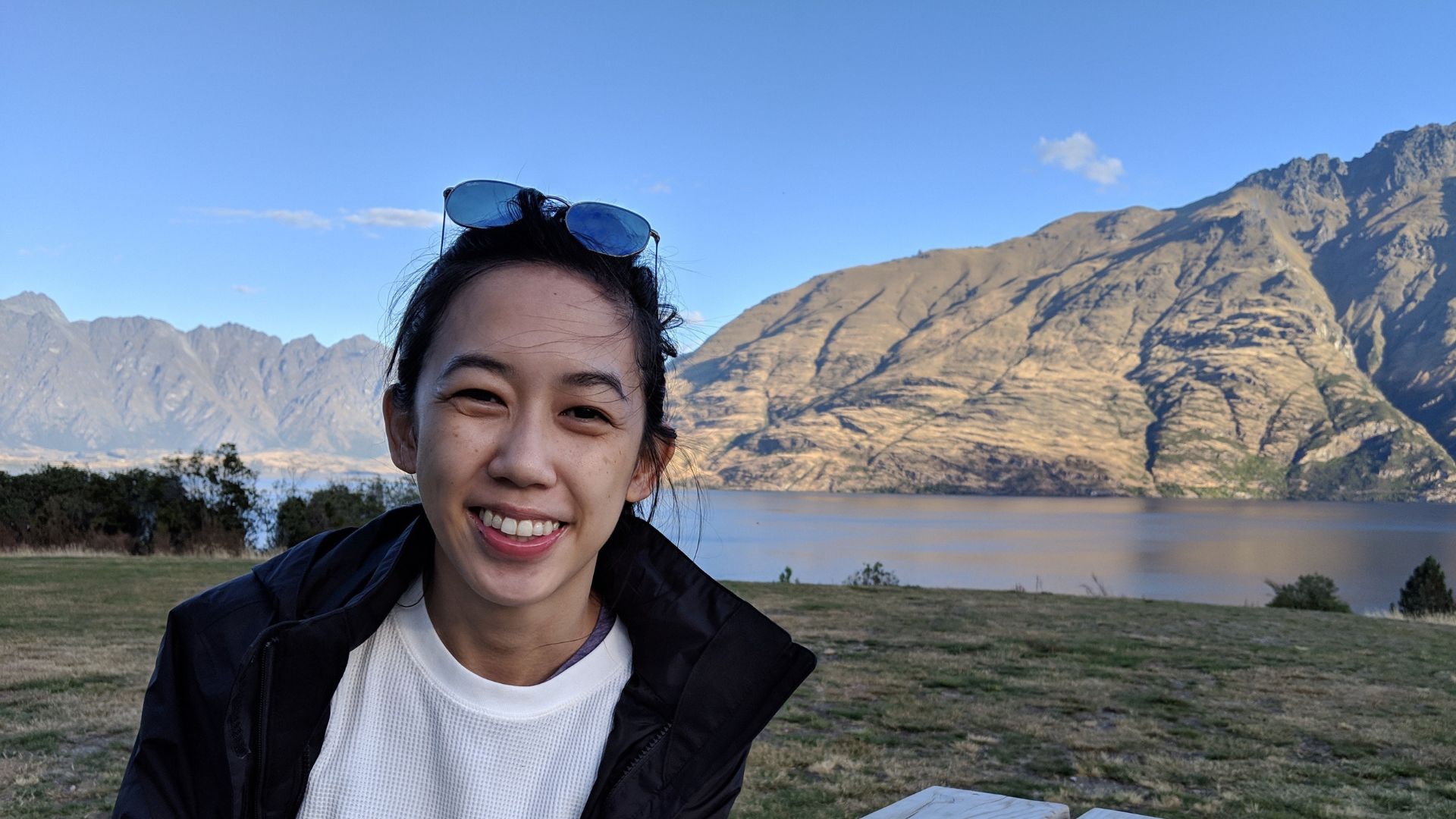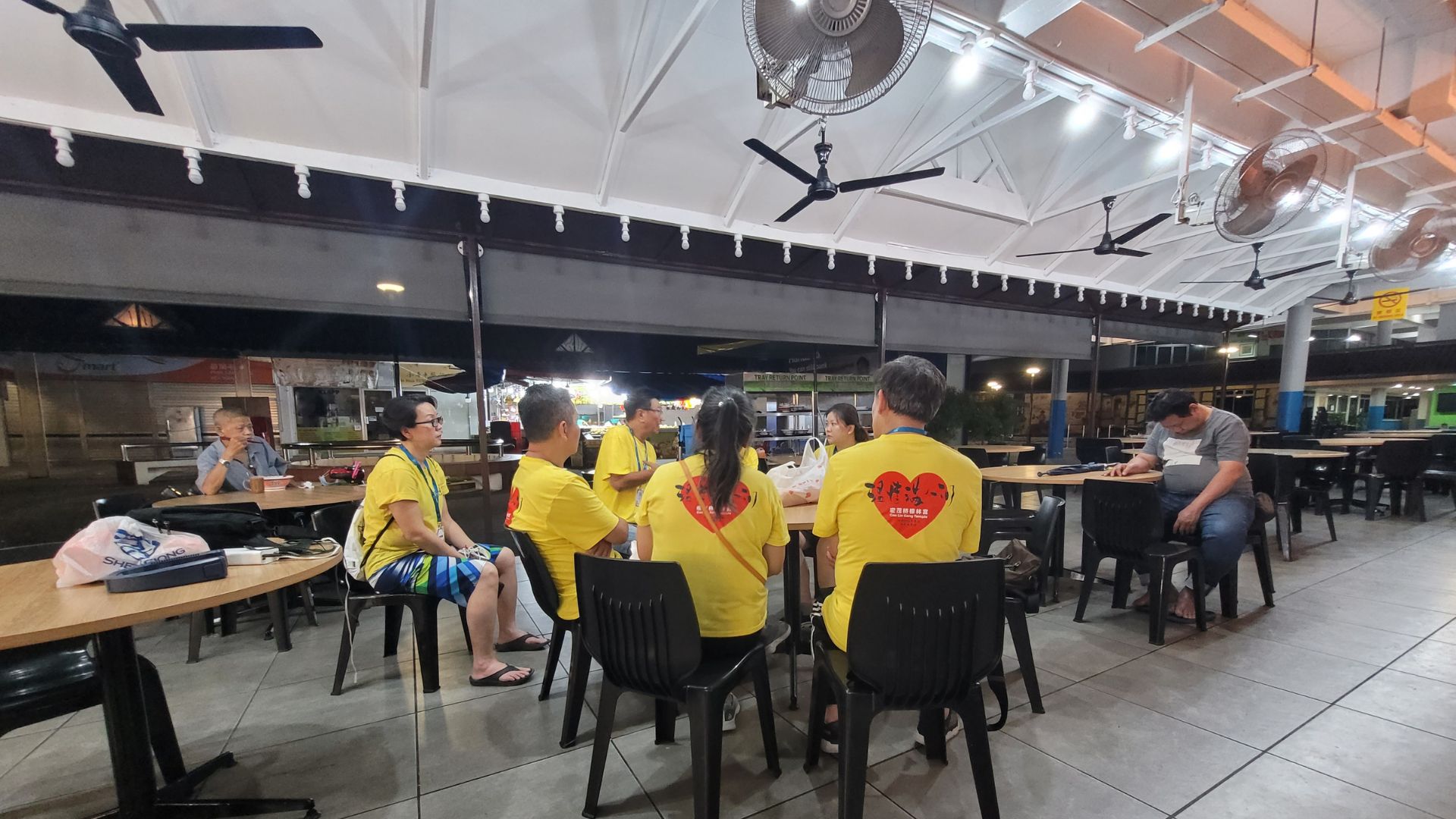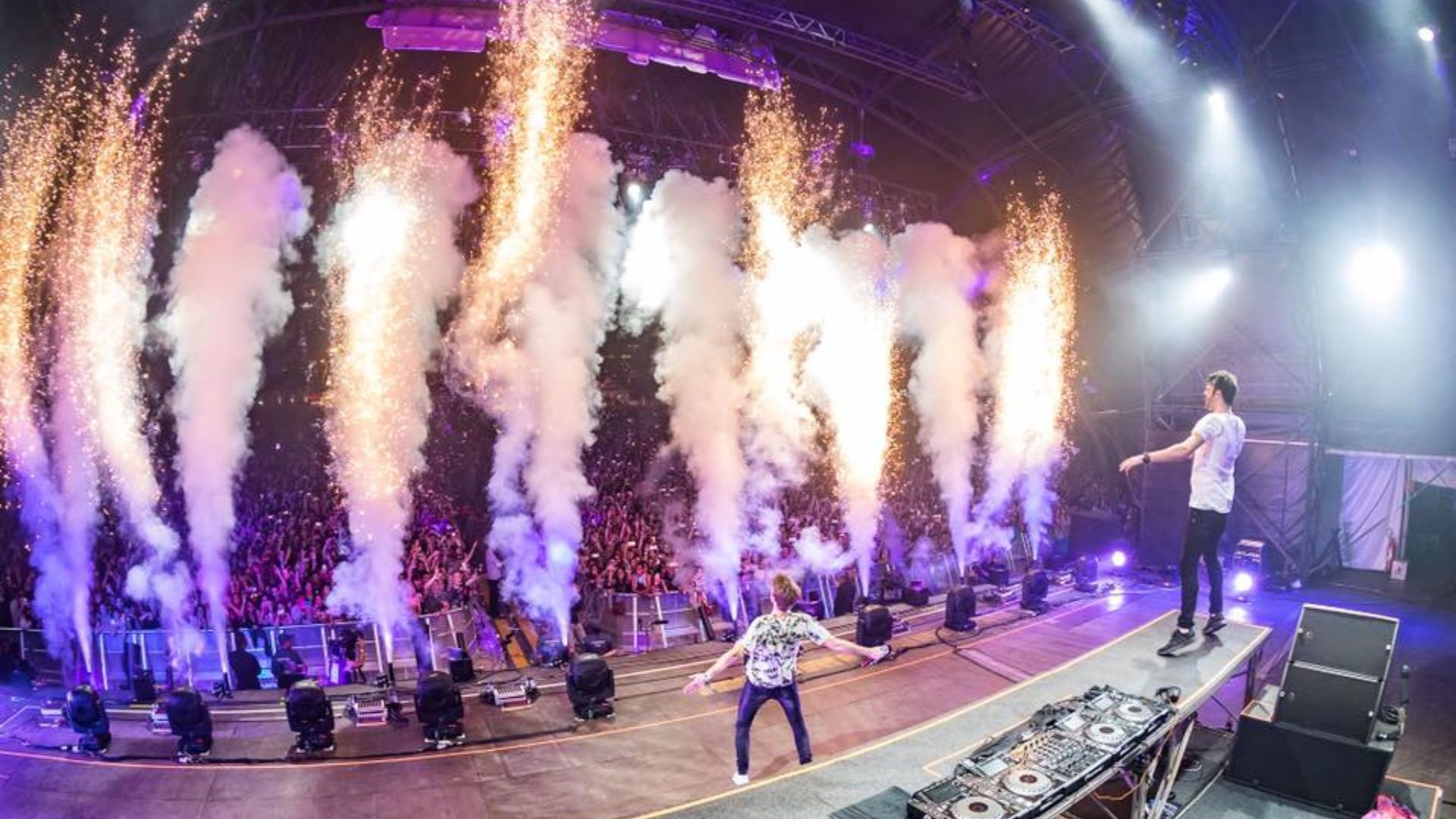The gradual easing of Covid-19 safe management measures in Singapore has allowed cheerleaders to return to their training mats after nearly a year, albeit with stringent regulations in place. They are preparing for the Cheerleading Association (Singapore), or CAS, National Cheerleading Championships that take place virtually on 26 June. TheHomeGround Asia speaks with cheerleaders and their coaches as they gear up to compete once more following a long hiatus.
Happiness, excitement, and nerves – these were the sentiments of cheerleaders when they received the green light to return to their blue mats for training.
“I was just excited to be back, even though we were a bit scared because we’re rusty. There definitely was some kind of hesitation, but since cheer is one of our passions, that’s why we’re here,” shares Chua Meng Lim, a cheerleader and base (they hold or throw people up in the air) with Team Xtreme.
“Everyone was seeing each other, not just as friends outside having a meal, but back on the mats. I feel like the mats give you an identity that ‘you’re a cheerleader’,” explains Rachel Yap, one of Team Xtreme’s coaches, who says that besides feeling nostalgic, she has reclaimed her identity as an athlete by being back at training.

Cheerleaders off the mats
When Singapore’s lockdown (or circuit breaker) kicked in on 7 April last year, cheerleading activities were suspended, leaving local cheerleaders high and dry.
Ms Yap was understandably concerned about the long-term sustainability of her team during the long break. She shares, “Since cheerleading takes up so much time, once you have a break, people [may find] other commitments.”
Coach Chloe Lee expresses similar worries about her team’s, NOVA All-Stars, progress: “A pause in training will hinder progress as you need to train with teammates in order to gain experience and get the ‘stunt feel’. No matter how much you work out and do drills by yourself on the floor, it’s a whole different story when you are actually doing the stunt.”
Still, coaches have done their best to keep their members active and in touch with the sport.
For instance, Ms Lee assigns daily tasks to her members that train specific muscle groups needed for cheerleading. She also encourages them to send videos of these personal training sessions to group chats as a form of motivation for one another.

Likewise, fellow NOVA All-Stars’ coach Chew Wei Xiang has spent the past year conducting weekly physical training sessions on Zoom. When cheerleaders were allowed to resume tumbling activities (a segment of cheerleading that involves executing gymnastics feats, such as flips and rolls), Mr Chew visited a gymnastics team regularly with some of his team mates to hone their gymnastics skills, even though they were not allowed to stunt.
On their own, cheerleaders found ways to stay in shape for the sport. Shalyn Aw, a flyer for NOVA All-Stars, made regular gym visits and did home workouts. Similarly, Kelvin Chow, a base for NOVA All-Stars, engaged in activities that help cheerleaders with their stunts, such as squats and handstands.
But it is not all about physical fitness. Cheerleading is ultimately a team sport, with full cheerleading teams being 24-people-strong. With the circuit breaker and subsequently safe management measures in place, teams cannot meet, much less train together.
Mr Chua shares that Team Xtreme’s cheerleaders keep the team spirit strong through online workouts with one another, and by making an effort to interact on social media.
“At least when we come back… we don’t feel like strangers,” he explains.

An eager return to the mats
After the long respite, cheerleaders TheHomeGround Asia spoke to were more than ready to jump back into training for the Cheerleading Association (Singapore) National Cheerleading Championships (CAS NCC).
Esther Ngoh, a flyer (cheerleaders who are lifted or thrown up in the air) for Team Xtreme who is competing in the double group stunts category, speaks matter-of-factly about going headfirst into competitions: “If not now, then when?”
She elaborates, “Since I graduated, I’m quite busy. It’ll probably get busier, so any opportunity [I have], I’ll just pick it up first.”
But juggling competition training and a full-time job in advertising has been tough, leaving her little time for self-care or a social life. Still, she stands by her decision: “It’s been tiring, but I think ultimately, it’s worth it.”

A CAS representative, Lim Wen Jie, confirms that the cheerleading community has been receptive to the news that nationals are happening this year. He says, “It’s smaller groups here and there… but most teams have representations in one form or another.”
Returning to the mats made flyer Shalyn Aw of NOVA All-Stars feel like she was “finally alive” again. She asserts, “Being able to ‘fly’ is always a flyer’s pride.”
Coaches, too, are heartened to see their members raring to go. Ms Lee shares, “It feels great to see the members’ motivation and feel their energy during training.”
And there are even silver linings from the extended break from cheerleading: “It’s a good way for people to reset and get rid of bad habits… It’s almost like working with a blank slate,” highlights Ms Yap. “[I was also] surprised by how exercising changes how they stunt. Maybe they were weaker last time because they only cheered, but never worked out. Because of Covid, they worked out, and they come back with better body awareness.”
Gearing up for nationals
It is with this eagerness and determination that the cheerleaders are preparing for the June competition. Nevertheless, the current climate still lends a sombre training atmosphere.
According to Ms Ngoh, training sessions pre-pandemic saw a consistent turn-out of 20 to 30 athletes, compared to the eight-person cap now. She says, “Training [was] more lively, and we could also try more things because some stunts require more manpower or more people working together.”

Many athletes are also out of touch with cheerleading skills and out of shape. Laments Mr Chua, “After a while back [at training], it feels like I’m going to die already, it’s so tiring.”
Mr Chow concurs, “It feels like some muscles in my body have not been used for a while, and I couldn’t do some things I was able to do before the pandemic.”
Coaches are facing their own set of challenges when arranging for training sessions. Issues include a shorter time frame for preparation and training venue restrictions.
Ms Yap emphasises that because of safe distancing measures, commitment towards the sport and team is more important than ever. “Slots [for training] are very limited and there’s no mingling within groups… so if someone from a group is missing, then the stunt cannot go up.”
Additionally, she underscores the need for athletes to be self-sufficient and disciplined during training: “People have to be a lot more focused. They have to come and know what they’re going to do… because the time slot is limited, it’s fixed. They can’t say, ‘Oh, I didn’t get to do this, so I’ll just extend for a bit more.’”
Despite these restrictions, NOVA All-Stars’ Ms Lee believes her team has found a way to manage: “We learn to adapt to the current situation and do our best to plan for and work towards training efficiency despite these challenges.”

What it means to compete again
For a community that has been unable to practise what they love, this year’s nationals are significant.
“It’s the idea of continuity,” Ms Yap says. “We are trying very hard to continue what was taken away from us last year… and conveying a sense that even if we had that break, things will definitely still work out, the team is still here from before… We’re not just going to die out because of a pandemic.”
Besides their resilience, cheerleaders also recognise the sport’s competitive nature and their desire as athletes to fight for a title.
And the coaches agree.
“Sending teams this year is to expose some members to an open team competition, and to give competing members a goal to complete,” says Mr Chew.
Adds Mr Chua, “The main purpose [of participating in this year’s nationals] is for everyone to learn together and improve with each other. If we can get any prizes, it’s a plus.”
For Ms Lee, the significance of this year’s nationals go beyond individual teams. It is also about the community cheering each other on despite the challenges they have faced.
“[I miss] seeing a hall full of cheerleaders laughing, mingling, stunting, and just having fun together… Once a cheerleader, always a cheerleader,” she says.
Join the conversations on THG’s Facebook and Instagram, and get the latest updates via Telegram.



























